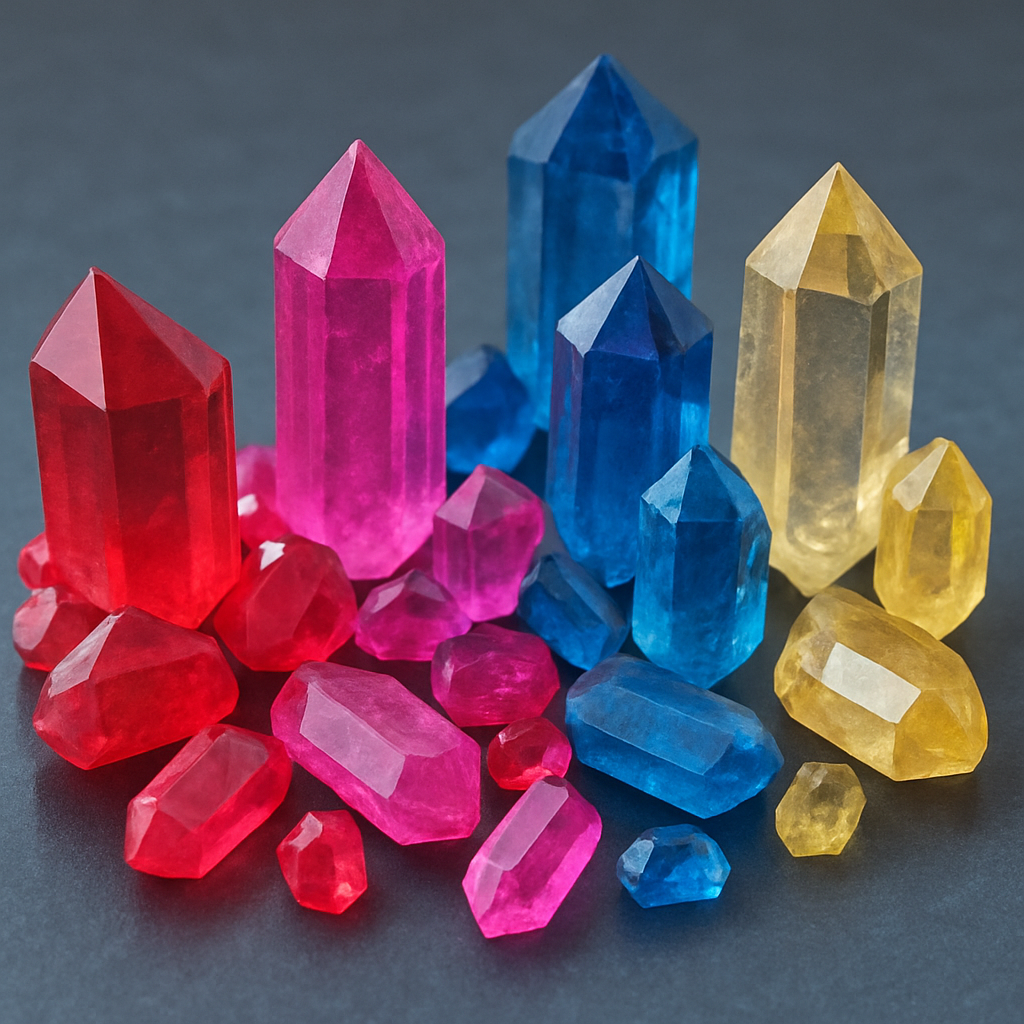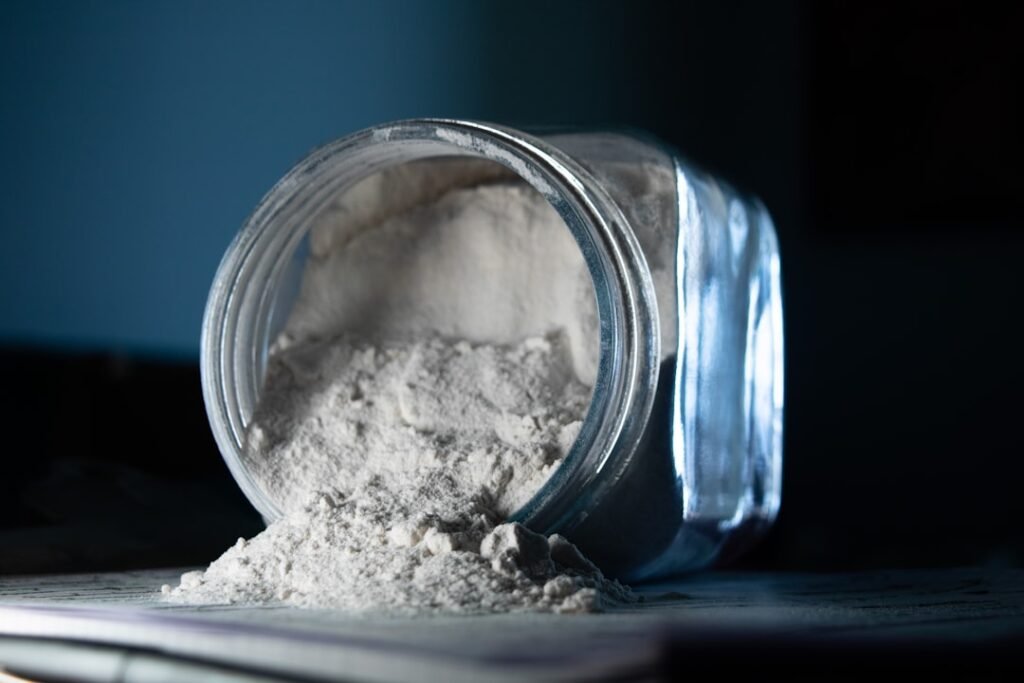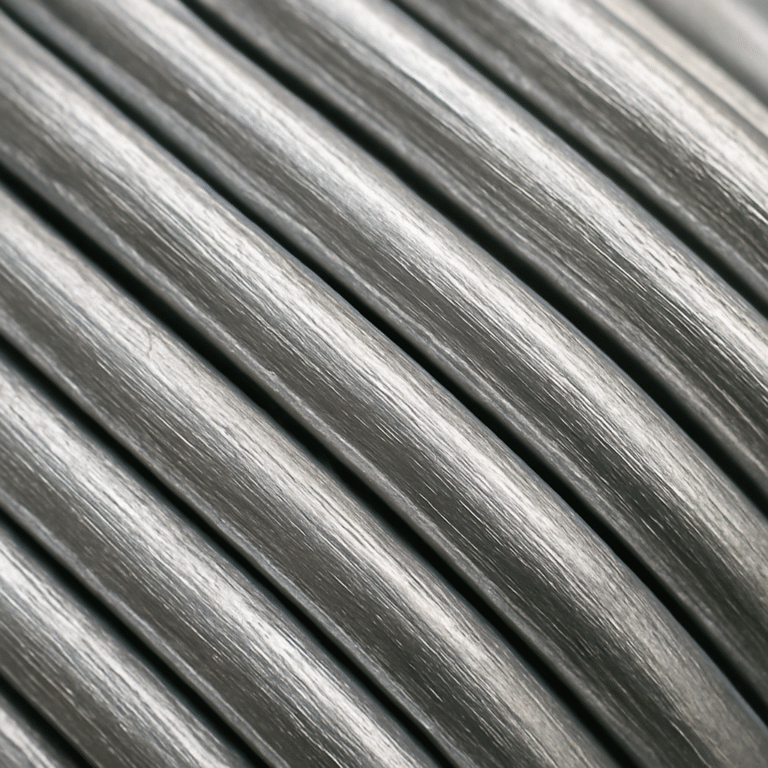White fused alumina is a premium material widely used in industrial abrasives and for sharpening everyday cutting tools. This article will thoroughly examine the unique characteristics, intrinsic properties, and diverse applications of white fused alumina across various industries. In exploring white fused alumina, we will reveal its significant role in both industrial and household settings.

What is Corundum?
Corundum is a crystalline form of aluminum oxide (Al₂O₃), renowned for its transparent varieties, such as sapphires and rubies. When impurities are present, these gemstones exhibit vibrant colors, but in their purest form, corundum is colorless or white. This transformation from colorful gemstones to pure white corundum showcases the mineral’s versatility and adaptability.
Formation and Occurrence
Corundum is naturally occurring, found in metamorphic rocks and as a product of igneous processes. Its formation is a testament to the earth’s geological activities, where high temperatures and pressures contribute to its crystalline structure. Understanding the geological conditions that lead to corundum’s formation can shed light on its unique properties.
In the electronics industry, white corundum is highly valued for its excellent insulation properties and initialization characteristics, particularly in semiconductor manufacturing.
Impurities and color variations
The presence of trace elements such as chromium, iron, or titanium can influence the color of corundum, resulting in the vibrant hues of sapphires and rubies. These impurities, while enhancing visual appeal, also affect the material’s properties and applications. In the absence of these impurities, corundum remains white, offering distinct advantages in industrial applications.
Due to the chemical stability of white corundum, it is an ideal choice in many industries, particularly in high-temperature and corrosive environments.
Synthetic Corundum Production
In many applications, white corundum demonstrates its versatile functionality across fields such as abrasives, cutting tools, and electronic components.
To meet industrial demands, synthetic corundum is produced in laboratories, replicating the natural mineral’s properties. This process allows for controlled purity and consistency, making synthetic corundum a preferred choice in sectors requiring precise specifications. The ability to produce corundum synthetically enhances its accessibility and broadens its range of applications.

Properties of White Corundum
White fused alumina is renowned for its exceptional hardness and durability. Understanding these properties helps explain why it is highly valued across various fields, particularly in industrial and household applications.
The high melting point characteristic of white fused alumina makes it especially important in metallurgical and glass manufacturing processes, ensuring the material’s long-term usability.
Furthermore, white corundum finds application in metallurgy and glass manufacturing due to its high-temperature resistance. Its stability in high-heat environments makes it an ideal material choice.
Hardness and Strength
Rated 9 on the Mohs scale, white corundum is one of the hardest minerals, surpassed only by diamond. This inherent hardness makes it ideal for applications involving high levels of abrasion and wear. Its strength ensures longevity and reliability, critical factors in industrial processes and consumer products alike.
High Melting Point
With a melting point exceeding 2,000 degrees Celsius, white corundum can withstand extreme temperatures without degradation. This resilience makes it indispensable in environments where intense heat is a constant factor, such as in the manufacturing of refractory materials and high-temperature industrial processes.
Chemical Stability and Resistance
White corundum’s chemical stability ensures that it remains inert and resistant to most acids and alkalis. This property is particularly advantageous in industries where chemical exposure is prevalent, as it maintains structural integrity and functionality under harsh conditions. Its resistance to chemical attack broadens its applicability in challenging environments.
Optical and Thermal Properties
Beyond its robustness, white corundum boasts optical clarity and excellent thermal conductivity. These attributes are crucial in specialized applications, such as laser components and heat sinks, where precision and efficiency are paramount. The combination of optical and thermal properties enhances its versatility in cutting-edge technologies.
Uses of White Corundum
The unique properties of white corundum make it suitable for a wide range of applications, from industrial abrasives to cutting-edge electronic components. Let’s explore some of the most prevalent uses.
The unique properties of white fused alumina make it suitable for a wide range of applications, including abrasives, cutting tools, and electronic components. Whether in industrial or household settings, white fused alumina plays a vital role.
Abrasives
White corundum’s hardness makes it a premier choice for abrasive materials, effectively grinding and polishing a variety of surfaces. Its use extends to:
Furthermore, white corundum is increasingly being utilized in medical and dental applications, particularly due to its advantages in biocompatibility and corrosion resistance.
- Sandpapers, where it provides a consistent abrasive surface for smoothing and finishing.
- Grinding wheels, which utilize its hardness for shaping and sharpening metals and other materials.
- Cutting tools, where its sharpness and durability enhance precision cutting.
- Blasting media, employed in surface preparation and cleaning, benefiting from its ability to remove contaminants without damaging the substrate.
Whetstones and Sharpening Stones
In domestic and professional kitchens, white corundum is a staple in whetstones and sharpening stones. Its fine grit ensures a smooth finish and precise sharpening of knives and cutting instruments, maintaining their performance and extending their lifespan. This application highlights white corundum’s essential role in everyday tool maintenance.
Refractory Materials
The high melting point of white corundum makes it a key component in refractory materials, essential for industries like metallurgy and glassmaking. These materials withstand high temperatures without degrading, ensuring the integrity of furnaces and kilns. White corundum’s role in refractories underscores its importance in sustaining industrial operations.
Electronics and Semiconductors
In the electronics industry, white corundum is valued for its insulating properties and purity. It plays a crucial role in semiconductor manufacturing, where stability and precision are critical. Its application in electronics highlights its contribution to the advancement of technology, from consumer devices to industrial systems.
Medical and Dental Applications
White corundum is also utilized in medical and dental fields, where its biocompatibility and inert nature make it suitable for implants and dental prosthetics. Its use in these applications underscores its versatility and the breadth of its impact on improving human health and quality of life.
In the electronics industry, white corundum is regarded as a premium insulating material, making it highly suitable for semiconductor manufacturing. Its purity and stability are crucial for technological advancement.
Market and Price of White Corundum
White corundum is also widely used in medical and dental applications, where its biocompatibility and inertness make it an ideal choice for implants and dental restorations.
The market for white corundum is influenced by factors such as purity, size, and form, with synthetic corundum generally being more affordable due to controlled production processes.
From a market perspective, demand for white corundum continues to grow, primarily driven by its applications across multiple industries, including electronics and renewable energy sectors.
Factors Influencing Price
- Purity: Higher purity levels are sought after for specific applications, commanding premium prices due to their enhanced properties and performance.
- Form and Size: The form, whether powdered or solid, and the size of the white corundum can significantly impact its price. Larger crystals or specific cuts may cost more due to the complexity of production and demand.
- Market Demand and Industrial Needs: Industries requiring large quantities of white corundum, such as electronics and manufacturing, can influence market prices. Fluctuations in demand affect availability and cost, necessitating strategic planning for procurement.
Global Supply and Distribution
The supply chain for white corundum spans across various regions, with key producers located in countries rich in mineral resources. The global distribution network ensures that industries worldwide can access this valuable material, supporting its integration into diverse applications.
Future Market Trends
As technology and industries evolve, the demand for white corundum is expected to grow, driven by advancements in sectors like electronics and renewable energy. Monitoring market trends and innovations can provide insights into future opportunities and challenges in white corundum production and application.

by Melvyn Swingler (https://unsplash.com/@melvyn_photo)
Conclusion
White corundum’s unique properties, including hardness, chemical stability, and high melting point, make it an invaluable resource across numerous industries. Whether utilized as an abrasive, a refractory material, or an essential component in electronics, its versatility and reliability ensure its continued utility and demand.
Understanding the properties and uses of white corundum offers a deeper appreciation of its role in various fields, from industrial processes to everyday applications. Its impact extends beyond its physical properties, influencing technological advancements and enhancing quality of life.
By staying informed about market trends and applications, businesses and consumers can make strategic decisions about utilizing white corundum. Whether sharpening a knife at home or developing high-tech electronics, white corundum remains an integral material that supports innovation and efficiency.
In summary, white corundum plays a pivotal role across numerous industries due to its unique properties, including high hardness, excellent chemical resistance, and superior heat tolerance. Widely utilized in manufacturing, it enhances product durability and performance. As technology advances, demand for white corundum continues to grow, driving the development of related technologies. Many companies are now researching new synthetic materials to improve the application efficiency of white corundum. Looking ahead, white corundum holds significant potential in emerging fields like new energy and environmental technologies. Its versatility will continue to drive innovation and improvements across diverse industries.



[…] Corundum’s chemical formula is primarily aluminum oxide, but its true beauty and utility come from the trace elements it contains. These elements, such as iron, titanium, and chromium, not only influence its color but also enhance certain physical properties. The presence of these trace elements during its crystallization process contributes to the unique characteristics and variations found within corundum specimens. […]
[…] is green, often overlooked but truly mesmerizing. Let’s delve into the fascinating world of green corundum, exploring its properties, origins, and the allure it brings to […]